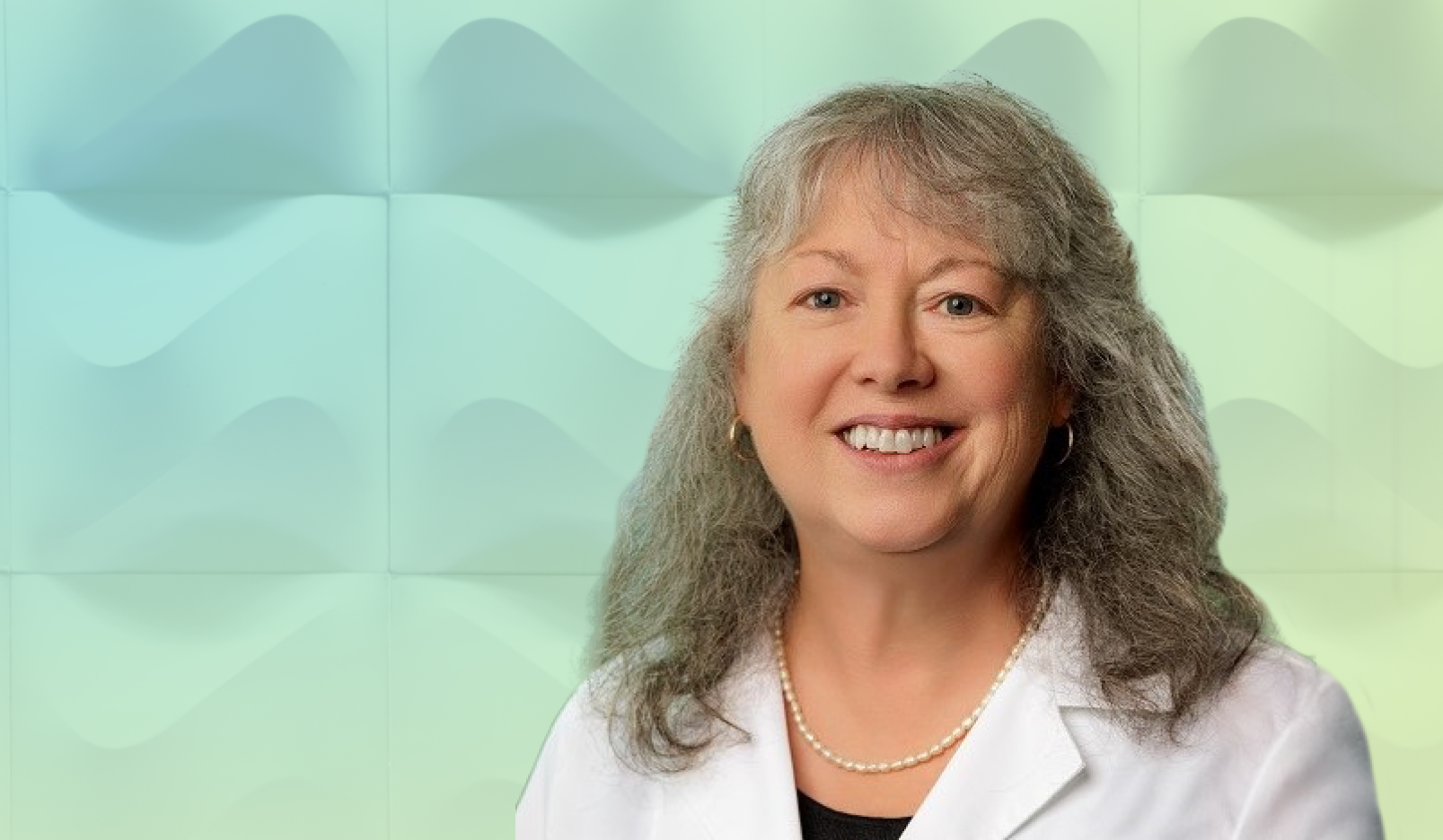When a historic flood surged through eastern Tennessee last fall, Ballad Health didn’t just face a natural disaster, it faced a test of leadership, coordination and the strength of its community. In her powerful Roundtable 2025 keynote session, Dr. Lisa Smithgall, PhD, RNC-NIC, CPNP-PC, NEA-BC, Senior Vice President and Chief Nursing Executive at Ballad Health, shared a firsthand account of how her team responded when nature challenged their system like never before.
Table of Contents
An Unprecedented Storm
Ballad Health serves a broad rural footprint across Tennessee, Virginia, North Carolina and Kentucky—20 hospitals in regions unaccustomed to hurricanes, let alone the catastrophic flooding that arrived on September 27, 2024. Unicoi County Hospital, a 10-bed facility near the Nolichucky River, sat in what was once considered a one-in-5,000-year floodplain. That probability became reality.
By 9:30 a.m., floodwaters were rising rapidly. “The flooding was so much and so swift that we had 1.4 million gallons of water per second, twice the speed of Niagara Falls, rushing through our area,” said Dr. Smithgall. The decision to evacuate was clear, but as roads became impassable and power failed, a swift evacuation turned into a dangerous rescue operation.
Patients and staff were moved into motorboats, only to become stranded. With no way to leave and no emergency power, teams navigated dark hallways and helped patients — including those on oxygen — climb to the roof. Helicopters couldn’t land, so patients were lifted via hovering rescues hours later.
A Health System Mobilized
What happened next reflected years of preparation. Drawing on standards and policies established during the COVID-19 pandemic, Ballad Health activated both systemwide and local incident command centers. Communication channels opened and coordination began across every facility.
As the Unicoi County Hospital situation unfolded, two more hospitals — Sycamore Shoals and Greene County — faced their own emergencies. In one case, a nearby dam began releasing water. In another, an entire town’s water system failed. Over the course of just a few days, multiple hospitals and long-term care facilities had to be evacuated, patients redistributed and critical care services reestablished.
Still, Ballad Health continued to provide uninterrupted care. Ballad’s scale and system-wide integration across facilities enabled rapid transfers, unified messaging and seamless coordination across facilities—even with limited power and connectivity. Temporary care tents were assembled. Staffed medical response units treated residents with storm-related injuries, rashes from floodwaters and more, all while roads and bridges remained unusable.
The People Behind the Response
This was more than a test of emergency planning — it was a profound reminder of the people at the heart of healthcare.
Even staff who lost their homes showed up to care for others. Travelers, local team members and leaders worked side by side to account for every colleague, ensure safety and deliver care wherever needed. Behavioral health teams were dispatched to support staff and patients alike.
Tragically, not everyone made it through. One heroic Ballad emergency nurse, 32-year-old Boone McCrary, perished on a mission to rescue others stranded by floodwaters when his boat overturned. His loss was deeply felt, a painful reminder of the risks healthcare workers take—even outside hospital walls.
A Story Still Unfolding
Ballad Health’s tagline — “It’s your story, and we’re listening” — took on new meaning. As Dr. Smithgall noted, “Having never experienced something like this, you see it [on the news] and you think, ‘That’s awful for those people.’ But it’s not over when the news stops covering it.”
Months later, many residents are still displaced. Healthcare access remains a challenge in areas where clinics and hospitals were damaged or destroyed. But the resilience of the community, and the lessons learned, are driving a smarter, more responsive future.
Planning for What Comes Next
Disaster planning at Ballad now looks different. While incident command and emergency response protocols proved essential, Dr. Smithgall emphasized the need for continued agility and readiness: “You can’t sit around and wait. Within two hours, it became an untenable situation. So, you can’t not have a plan.”
That mindset—swift action, trusted coordination and deep compassion—is helping Ballad and its partners prepare for the unpredictable.
The Power of Presence
As the session closed, a video featuring photos and a locally composed song reminded the audience of what truly matters: the power of community, the depth of human connection and the role healthcare plays not just in treatment, but in healing whole communities.
From rooftop rescues to road-blocked supply deliveries, Ballad Health’s response was a powerful story of courage and care. And while the floodwaters have receded, their ripples will shape operations, planning and relationships for years to come.
